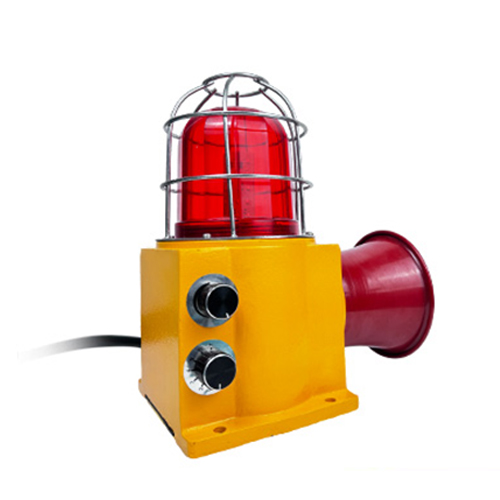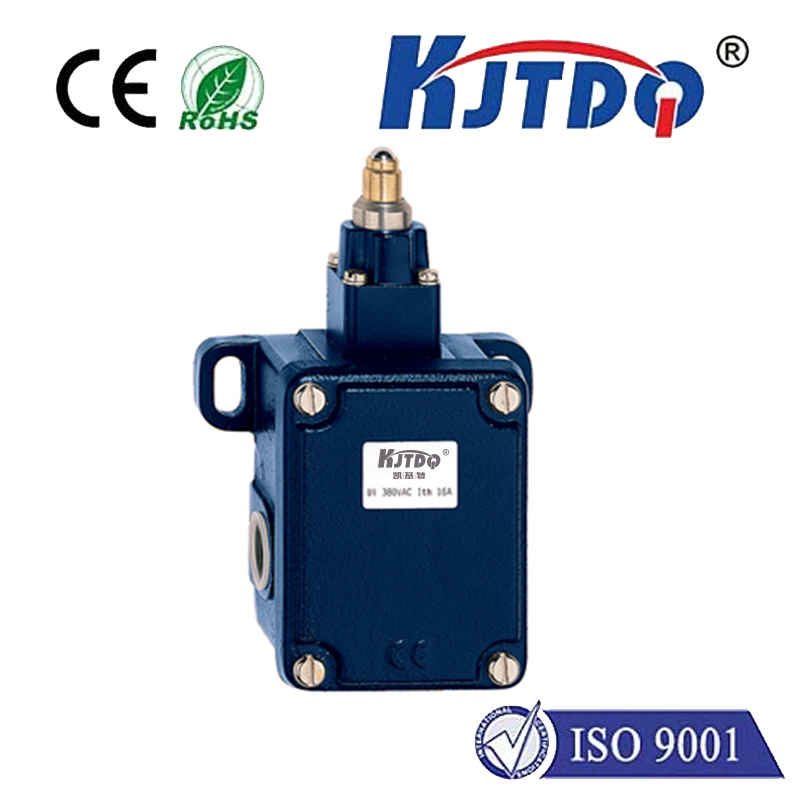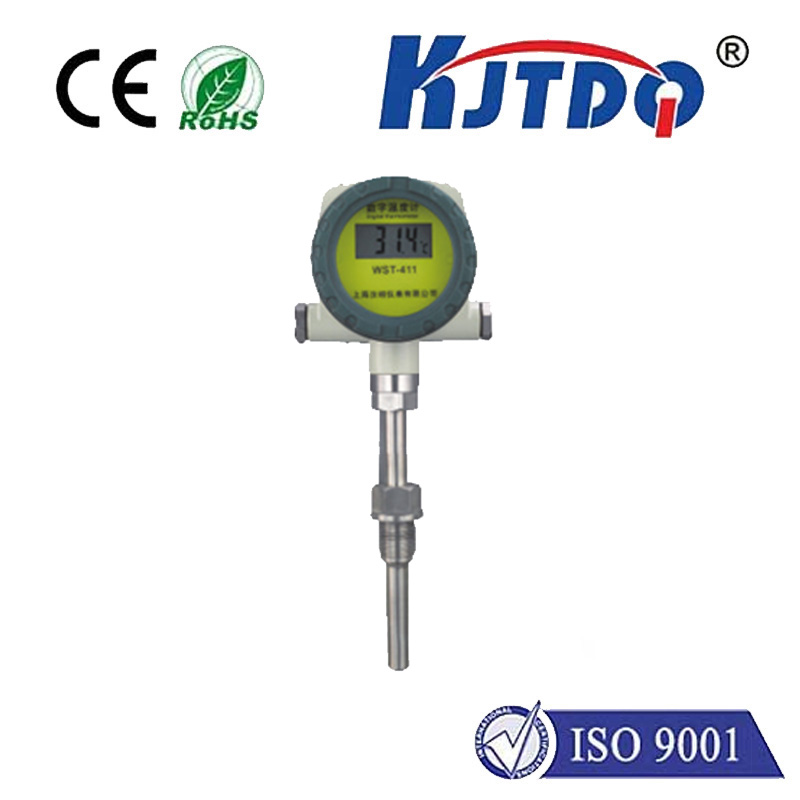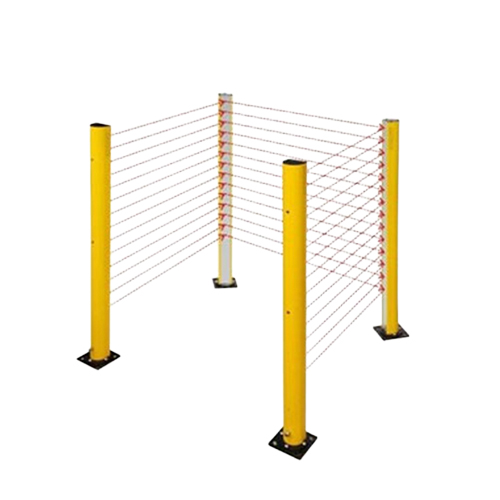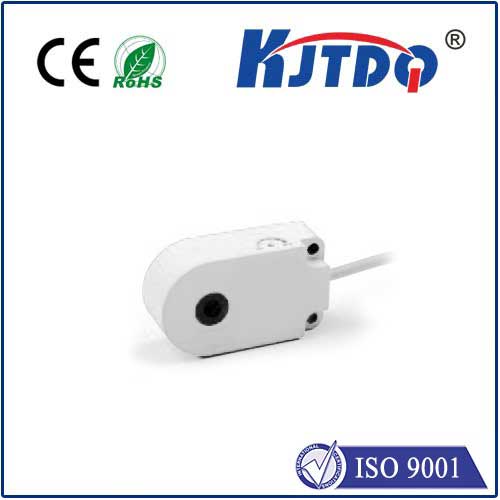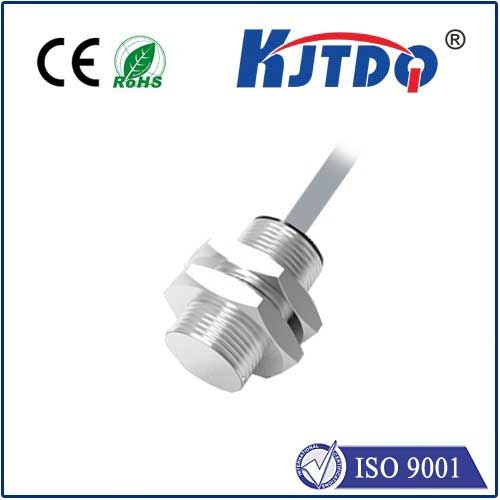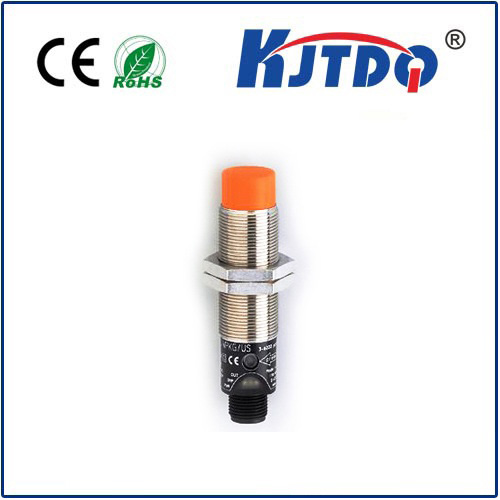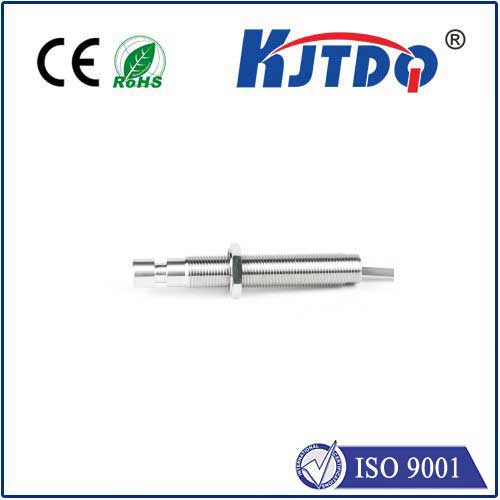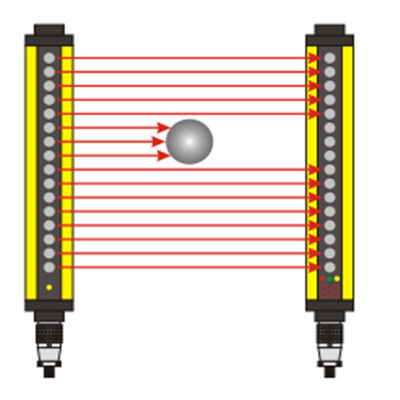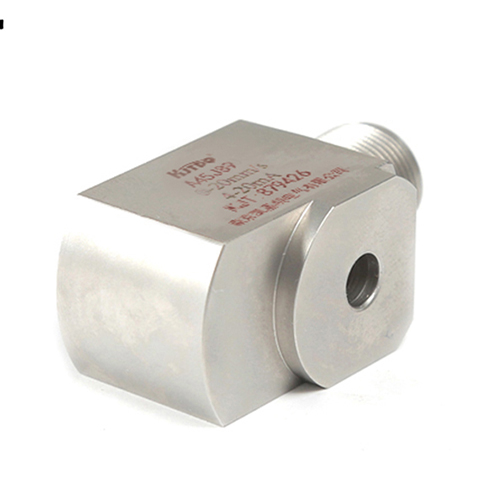Have you ever wondered how your smartphone screen magically turns off when you hold it to your ear during a call, preventing accidental button presses? Or how robots on a factory floor gracefully avoid crashing into obstacles and humans alike? Or even how your car alerts you with insistent beeps as you back perilously close to a wall? These seemingly minor conveniences and critical safety functions all hinge on the unassuming yet indispensable proximity distance sensor. Operating quietly in the background, these sensors are the unsung heroes, the silent guardians defining interaction and safety across countless devices and systems.
At its core, a датчик приближения is a device engineered to detect the presence and often the distance of an object within its vicinity, without the need for physical contact. Unlike touch sensors that require interaction, proximity sensors act pre-emptively. The fundamental principle rests on emitting a signal – commonly infrared light, ultrasonic sound waves, or electromagnetic fields – and meticulously analyzing the signal reflected back from a target object. This reflected signal provides crucial information: is something there? and critically, how far away is it? This distance measurement capability fundamentally differentiates modern proximity detectors from simple presence sensors. Techniques like Time-of-Flight (ToF) precisely calculate distance by measuring the time delay between the emitted signal and its return echo. Other methods include triangulation or measuring the intensity of the returned signal. The sensor then translates this raw data into a usable output signal, like a simple trigger or a precise distance value in millimeters or centimeters.
The applications for proximity detection are astonishingly diverse, permeating nearly every facet of modern technology:
Consumer Electronics Revolution: This is where most people encounter proximity sensors daily. Beyond the smartphone screen dimming during calls, proximity sensors enable touchless gesture control in devices, automatic screen wake-up in laptops when a user approaches, and power-saving features in smart displays. Touchless faucets and soap dispensers in public restrooms also rely heavily on this technology, enhancing hygiene and convenience. The precise distance measurement capabilities are increasingly vital for augmented reality (AR) experiences and advanced human-machine interfaces, creating truly intuitive interactions.
Industrial Automation Powerhouse: In manufacturing and warehousing, proximity sensors are fundamental workhorses. They provide critical object detection on conveyor lines, ensuring smooth material flow and enabling precise counting. Robots heavily depend on long-range sensors for safe navigation and collision avoidance, creating secure human-robot collaborative environments. They detect the position of machine parts (like robotic arms or CNC tooling), ensuring accurate operations and triggering halts if safety limits are breached. Monitoring fill levels in tanks or silos without contact is another vital industrial application. Reliability and robustness are paramount here, with sensors often needing to withstand harsh environments involving dust, moisture, vibration, and extreme temperatures.
Automotive Safety Cornerstone: Modern vehicles integrate numerous proximity sensors, forming the backbone of Advanced Driver Assistance Systems (ADAS) and parking aids. Ultrasonic sensors embedded in bumpers provide the essential distance measurement needed for parking assistance, delivering those audible warnings as obstacles draw near. More sophisticated systems, often using radar or LiDAR (a laser-based cousin of ToF sensors), enable features like adaptive cruise control and automatic emergency braking. Tire Pressure Monitoring Systems (TPMS) also employ proximity detection principles. The demand for higher accuracy and longer range in automotive sensors continues to surge with the advent of autonomous driving research. The ability to reliably detect and measure the distance to pedestrians, cyclists, and other vehicles is mission-critical for safety.
Selecting the right proximity distance sensor requires careful consideration of several key parameters. The required detection range is paramount – does the application need millimeters, centimeters, or meters? The target material matters; optical sensors might struggle with dark or non-reflective surfaces, while capacitive sensors excel with conductive materials. The operating environment dictates resilience needs (resistance to dust, water, chemicals, temperature extremes). Output requirements vary: some systems need a simple on/off switch, while others require precise analog voltage or current proportional to distance, or digital interfaces like I2C. Response speed and accuracy are also crucial for dynamic applications. Furthermore, physical constraints regarding sensor size and mounting options must be factored into the design.
While currently pervasive, the evolution of proximity detection technology shows no signs of slowing. Sensors are becoming increasingly miniaturized, more energy-efficient, and significantly more affordable, opening doors to even broader adoption. Integration with artificial intelligence (AI) is a major frontier; sensors won’t just provide raw distance data but will intelligently interpret the context – distinguishing between a human hand and a falling box, or predicting object trajectories for more sophisticated collision avoidance. The fusion of data from multiple sensor types – combining proximity, vision, and inertial sensors – is key to building truly robust perception systems for autonomous robots and vehicles. Research into new sensing modalities and materials promises further breakthroughs in accuracy, range, and environmental resilience. The silent guardians are becoming smarter and more capable every day.
From the phone in your pocket to the car you drive and the factories producing the goods you use, proximity distance sensors are indispensable components. They perform the critical, often invisible task of seamlessly mediating interactions between the physical and digital worlds. By providing reliable object detection and precise distance measurement, they enhance user experience, improve operational efficiency, and, most importantly, safeguard lives. As technology relentlessly advances, demanding ever more sophisticated environmental awareness and interaction, the role of these proximity detection systems will only expand, solidifying their status as fundamental building blocks of our interconnected, automated future.
